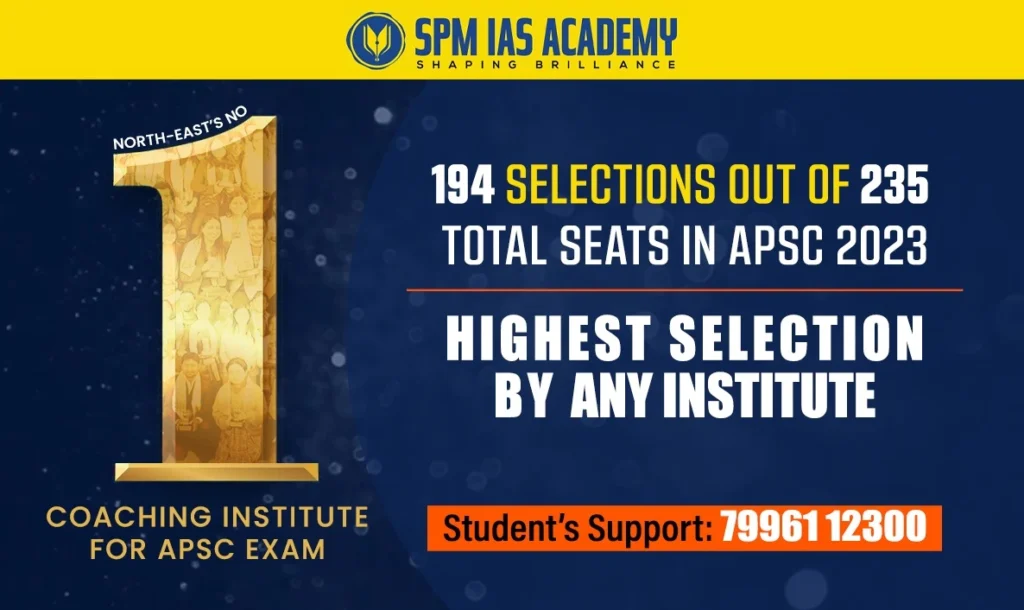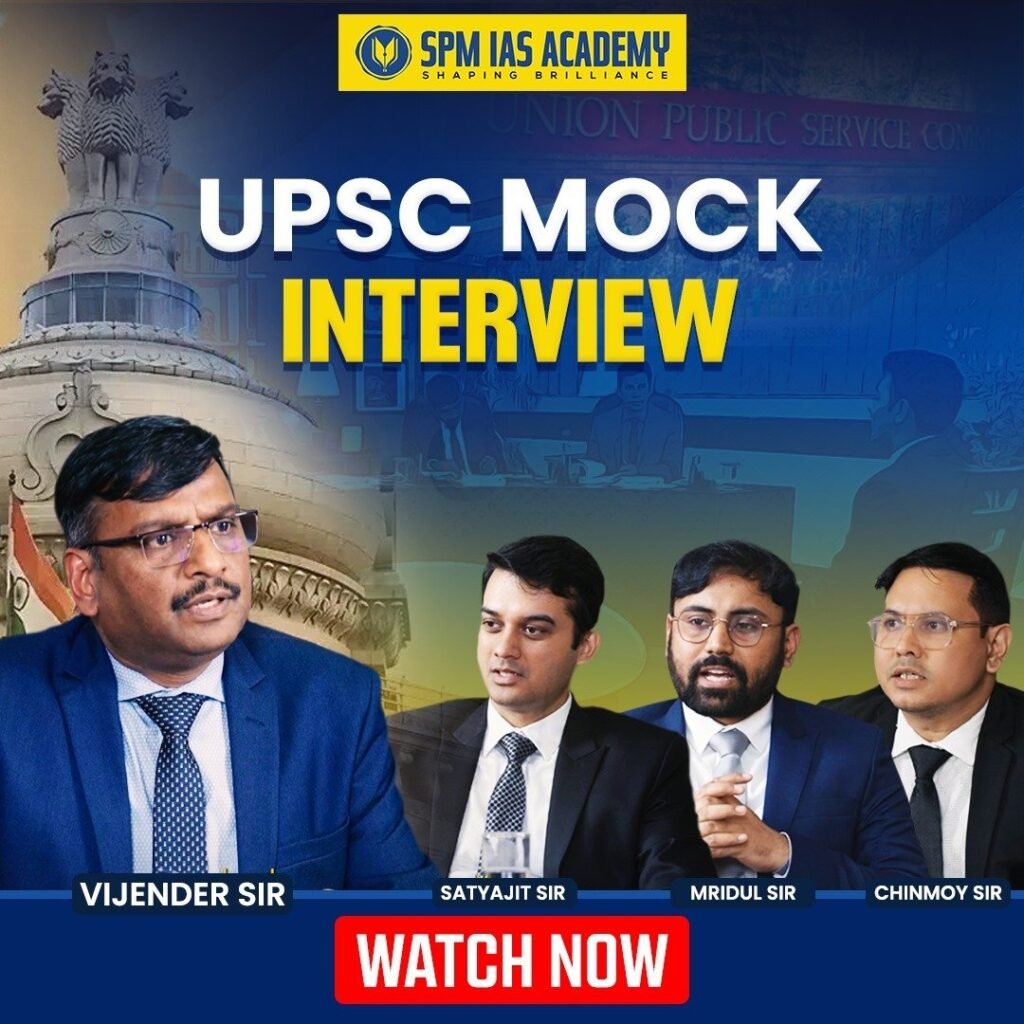“When a cultural object is stolen, we lose a part of our identity. Learning about these missing objects is the first step toward their recovery.” – UNESCO VIRTUAL MUSEUM
In this article, we will discuss the recently launched UNESCO Virtual Museum and its significance. Furthermore, this article will be helpful for UPSC CSE, APSC CCE and other State Public Service Commission Examinations.
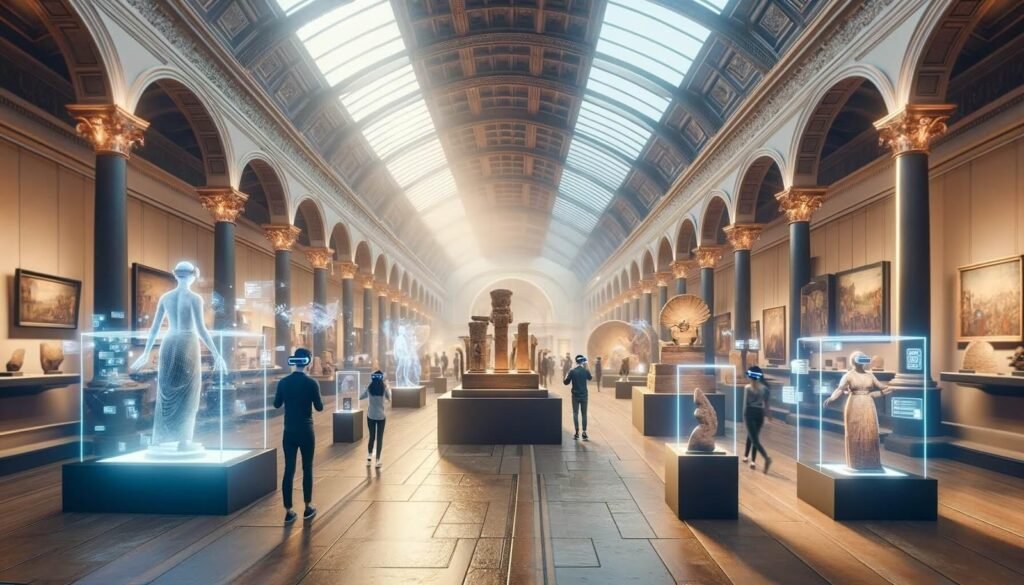
What Is UNESCO Virtual Museum?
- It is the world’s first virtual museum at a global scale related to stolen cultural property.
- UNESCO launched the museum on September 29, 2025, at UNESCO’s MONDIACULT conference. In addition, it is an innovative digital platform reconnecting communities with their stolen cultural treasures. Moreover, it seeks to confront the illicit trafficking of heritage items.
- As cultural objects carry the stories of their communities, as a result, it will help to educate and engage visitors including public awareness.
- The 1970 UNESCO Convention calls on states to help safeguard the cultural heritage of other states when it is in jeopardy.
- Its architecture shows heritage as a living network as well as linking it to the objects, stories, and traditions which are at risk from trafficking and loss.
- Another key point is that Pritzker Architecture Prize-winner Francis Kere has designed the visual structure of the website in the form of a baobab tree, a noted symbol of strength in the African continent.
- In fact, UNESCO developed this project in collaboration with INTERPOL, and the Kingdom of Saudi Arabia provided the financial support.
What Are The Features Of UNESCO Virtual Museum?
- In general, UNESCO’s Virtual Museum showcases stolen cultural treasures using AI-driven 3D design.
- Further, it redefines repatriation, preservation, and digital heritage protection in the modern era.
- To clarify, it uses Artificial intelligence (AI) recreate spinnable digital versions. Together with this, users will be able to access the museum’s design, interactive tools, and digitized objects on their own devices via dedicated screens at the MONDIACULT conference.
- In addition, the website also features testimonies from affected communities, and points obeject’s locations on a map related to its origin.
- Particularly, the digital museum currently displays almost 240 missing objects from 46 countries. In addition, it aims to gradually empty itself through repatriating the objects to the rightful communities.
- Besides, it will serve as a platform for dialogue, bringing together governments, museums, law enforcement, and civil society.
.
An Overview of MONDIACULT
- MONDIACULT is the acronym for the UNESCO World Conference on Cultural Policies and Sustainable Development.
- Moreover, it’s the world’s largest ministerial forum on cultural policy. Together with UNESCO’s 194 Member States, it aims to define the global agenda for culture.
- There were two key UNESCO conferences in MONDIACULT’s history in Mexico City:
- In 1982, the first conference expanded the definition of culture to include a society’s total “distinctive features” and established culture as a fundamental part of development.
- In 2022, after 40 years, this conference declared culture as a global public good and human right.
- According to the Mexico Declaration, there will be a MONDIACULT conference every four years. However, it called for a stand-alone goal for culture in the UN’s post-2030 development agenda.
What Were The Themes Of MONDIACULT, 2025?
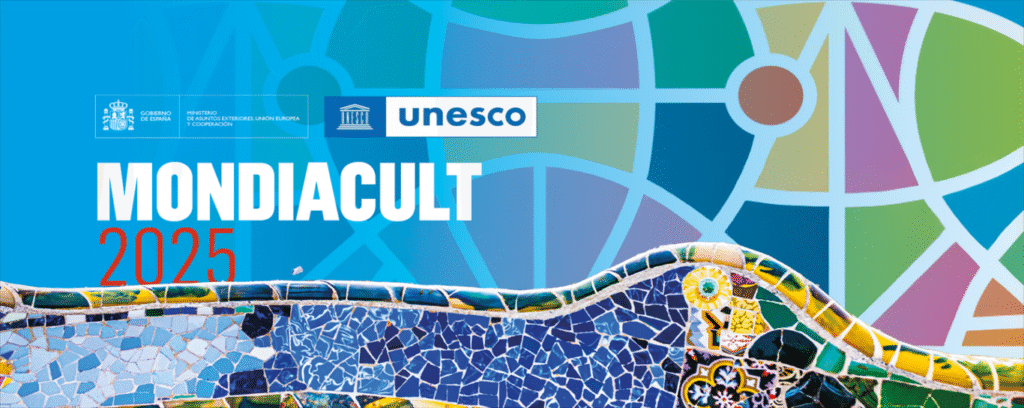
- The conference was held in Barcelona, Spain.
- It had six Themes:
- Cultural rights
- Digital technologies in the culture sector
- Culture and education
- Economy of culture
- Culture and climate action
- Culture, heritage, and crisis.
- Along with these. there were two focusing areas and these are ‘Culture for peace’ and ‘Artificial intelligence and culture’.
Indian Artifacts In UNESCO’s Virtual Museum
- Among the artifacts, there are two ninth-century sandstone sculptures from the Mahadev Temple in Pali, Chhattisgarh.
- The first is Shiva as Nataraja in his cosmic dance form symbolizing knowledge’s triumph over ignorance, with his bull Nandi looking on.
- The second portrays Brahma, the creator, seated in ‘lalitasana’ with sacred emblems — the rosary and Vedas — and a goose symbolizing wisdom at his feet.
- They denote the Hindu concept of balance between creation and dissolution, showing how temple art once served as a profound expression of India’s philosophical wisdom.
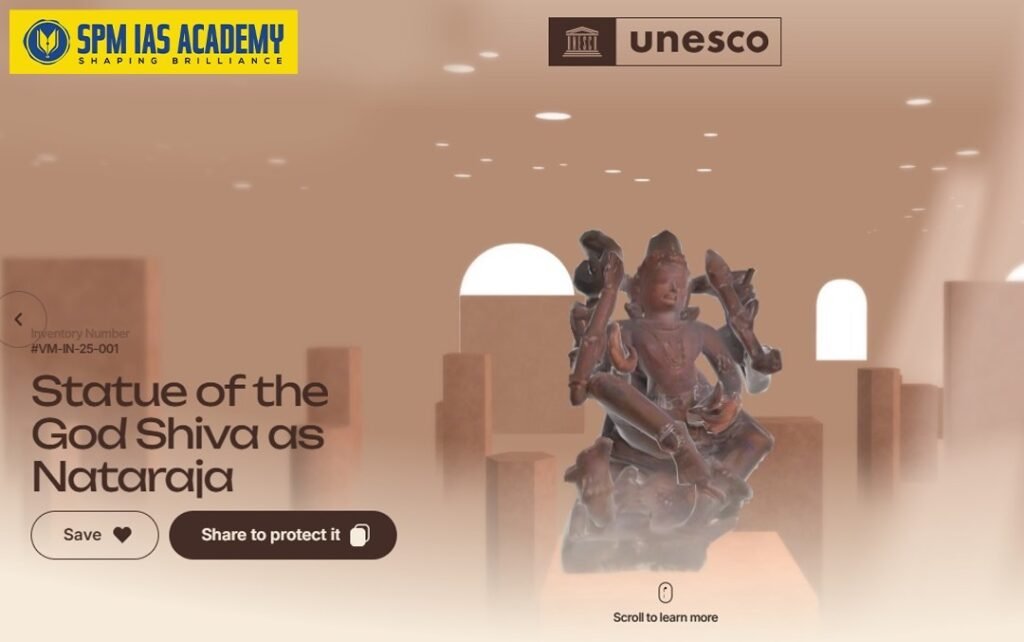
What Is Online Repatriation?
- To begin with, online repatriation refers to the digital return or sharing of cultural heritage materials such as artefacts, manuscripts, or ancestral objects etc. to their communities of origin through virtual means, instead of physical transfer.
- Secondly, Instead of the original object, a high quality digital replica (3D scans, images, videos, or virtual exhibitions) is made accessible online to the rightful cultural groups or the public.
- “The virtual presence of anything in today’s world is often treated with the same attention as those in reality,” says Sunanda K Sanyal, Professor of Art History & Critical Studies at Lesley University.
- In addition, repatriation is a sort of reparations for the exploitation of those societies by the colonial forces.
About UNESCO (United Nations Educational, Scientific and Cultural Organization)
- UNESCO’s headquarter is in Paris. It is a specialized agency of United Nations. It works to strengthen our shared humanity through the advancement of education, science, culture, and communication.
- It sets standards, produces tools and develops knowledge to create solutions to some of the greatest challenges of our time, and foster a world of greater equality and peace.
- UNESCO, in collaboration with its 194 Member States, works across a wide variety of global priorities — from protecting biodiversity and addressing the challenges of artificial intelligence to promoting quality education, preserving cultural heritage, and ensuring universal access to trustworthy information.
- It is led by three key bodies:
- General Conference – consists of representatives from all Member States, determines its main lines of work.
- The Secretariat – executes the organization’s programs under the authority of Director- General and
- Executive Board – monitors the implementation of the organization’s programs.
- It has 194 members, 53 field offices, 200 National Commissions and 138 Institutes and Centres.
What Is UNESCO 1970 Convention?
- The UNESCO 1970 Convention on the Means of Prohibiting and Preventing the Illicit Import, Export and Transfer of Ownership of Cultural Property is an international treaty to combat the illegal trade in cultural items.
- It was signed on 14 November 1970 and came into effect on 24 April 1972. As of March 2025, 147 states have ratified the convention.
- The 1970 Convention urges States Parties to take measures to prohibit and prevent the illicit trafficking of cultural property.
- It provides a common framework for the States Parties on the measures to prohibit and prevent the import, export and transfer of cultural property.
Conclusion
In conclusion, it could be said that Museums, whether physical or virtual, serve as everlasting bridges between the past and the future. They allow us to live through the journey of human creativity, resilience, and evolution through the artefacts, artworks, and ideas they safeguard. From prehistoric cave art to the digital frontiers of the UNESCO Virtual Museum, these spaces tell us again that humanity’s quest to create, innovate, and remember is unending. Overall, in preserving our collective heritage, museums also inspire the imagination that will shape our tomorrow.
SOURCES
- https://indianexpress.com/article/explained/explained-culture/why-unescos-new-virtual-museum-of-stolen-cultural-objects-matters-10301398/
- https://www.unesco.org/en/brief
- https://museum.unesco.org/stolen-objects
It is the world’s first global digital museum of stolen cultural assets, launched by UNESCO in 2025 to reconnect communities with their lost heritage.
It will fight the illicit trafficking of cultural artefacts and raise awareness about the cultural losses caused by theft and colonialism.
Pritzker Prize-winning architect Francis Kere designed the UNESCO Virtual Museum’s digital structure.
AI technology recreated 3D spinnable versions of stolen artefacts, allowing users to explore digital replicas of missing objects.
The museum aims to “gradually empty itself” as stolen cultural objects are recovered and returned to their countries of origin.


